My fellow competitor left his first putt a woeful 5 feet short of the hole, and as he approached his ball it was clear that he wanted to finish. Finish he would – with style. As he read the break, I turned my back to the hole and began the walk down the slope towards my mark, which sat some 30 or 40 feet from the cup on the other side of the green. When I arrived, I turned back towards the hole expecting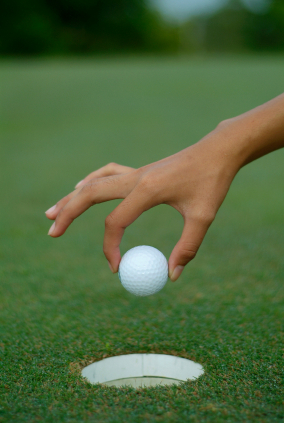 to see my competitor partway through his pre-putt routine. Turns out he’d already hit and missed the 5-footer, leaving it an inch left of the cup. I caught him just in time to witness the most ridiculous, yet brilliantly straightforward, act of cheating one could imagine: hand picks ball off of green, hand puts ball into hole, hand extracts ball from hole as if the 5-footer had dropped. Bogey magically turned to par.
to see my competitor partway through his pre-putt routine. Turns out he’d already hit and missed the 5-footer, leaving it an inch left of the cup. I caught him just in time to witness the most ridiculous, yet brilliantly straightforward, act of cheating one could imagine: hand picks ball off of green, hand puts ball into hole, hand extracts ball from hole as if the 5-footer had dropped. Bogey magically turned to par.
“CHEATER! Are you joking? Really? I’m standing right here! Did you think you could get away with that? I’ve sweated every 2-footer all day long and you’re going to pull a f*#@ing stunt like that in broad daylight?” Continue reading “The Immaculate Par”


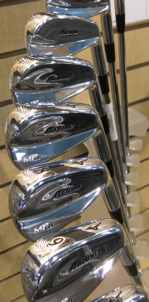
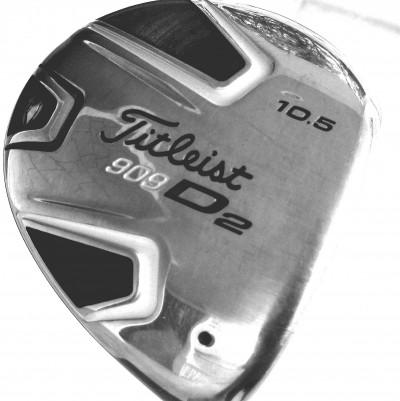 1. Loft
1. Loft 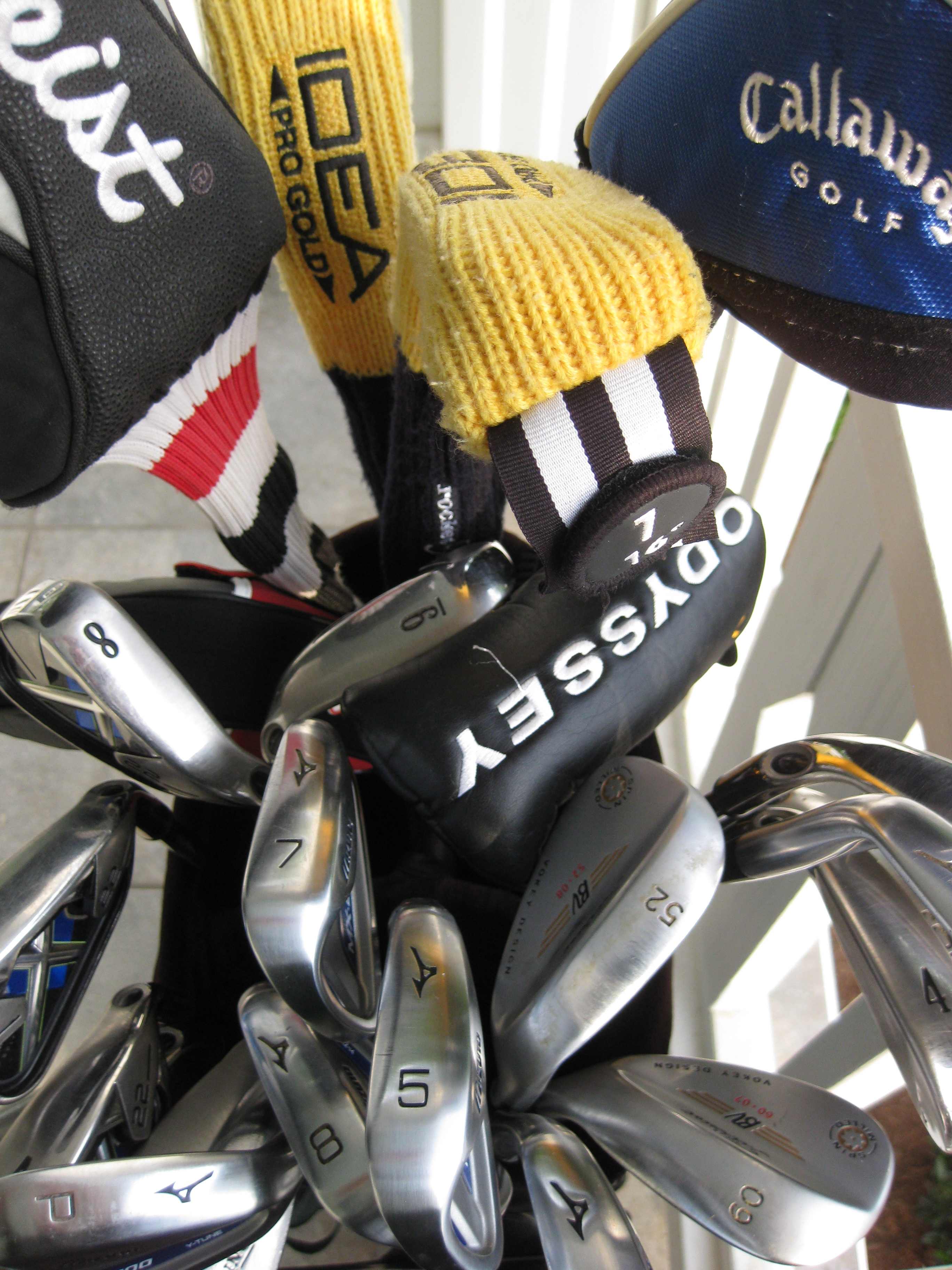 Along the way, I learned a few things that you may find useful. Let’s clarify a few things before we even begin to contemplate heading out to kick the tires on the latest and greatest in golf equipment.
Along the way, I learned a few things that you may find useful. Let’s clarify a few things before we even begin to contemplate heading out to kick the tires on the latest and greatest in golf equipment.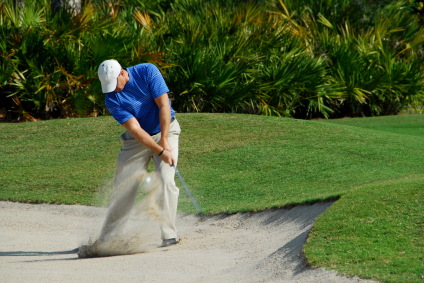
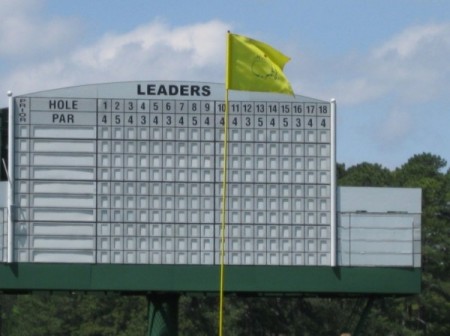 beating heart of our game strolled around the grounds at Augusta with a seemingly contrite and humble outlook on golf and life. Yes, the new Tiger appeared tuned-in to the world outside of his Nike cap. Perhaps he really got it – he’d dragged us all down with him, and now he’d returned to pull us all back up. This was a promising start.
beating heart of our game strolled around the grounds at Augusta with a seemingly contrite and humble outlook on golf and life. Yes, the new Tiger appeared tuned-in to the world outside of his Nike cap. Perhaps he really got it – he’d dragged us all down with him, and now he’d returned to pull us all back up. This was a promising start.